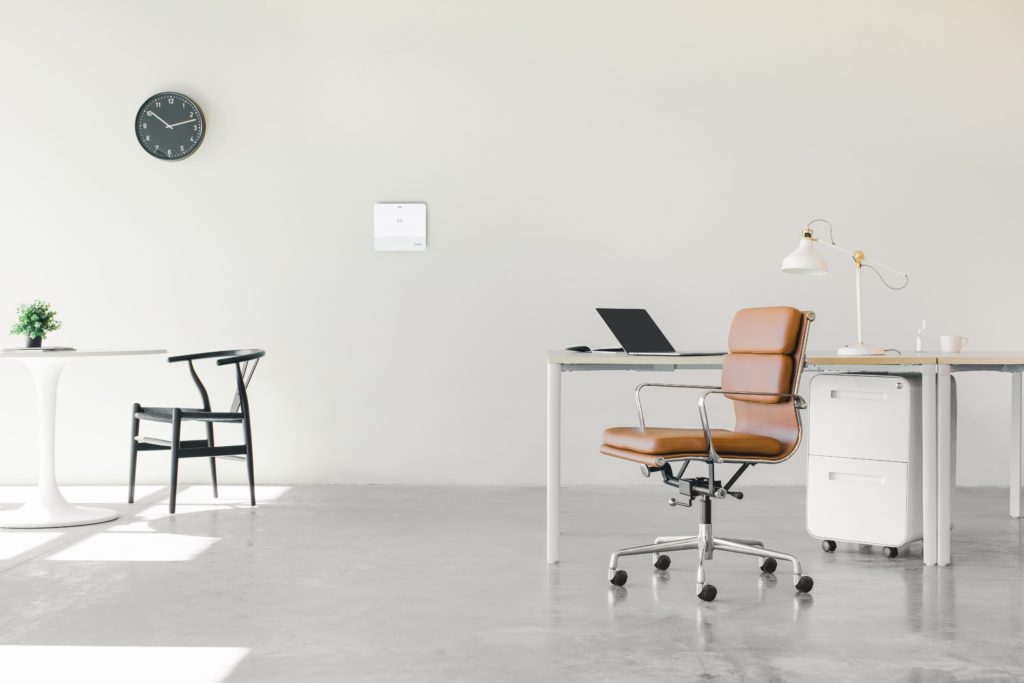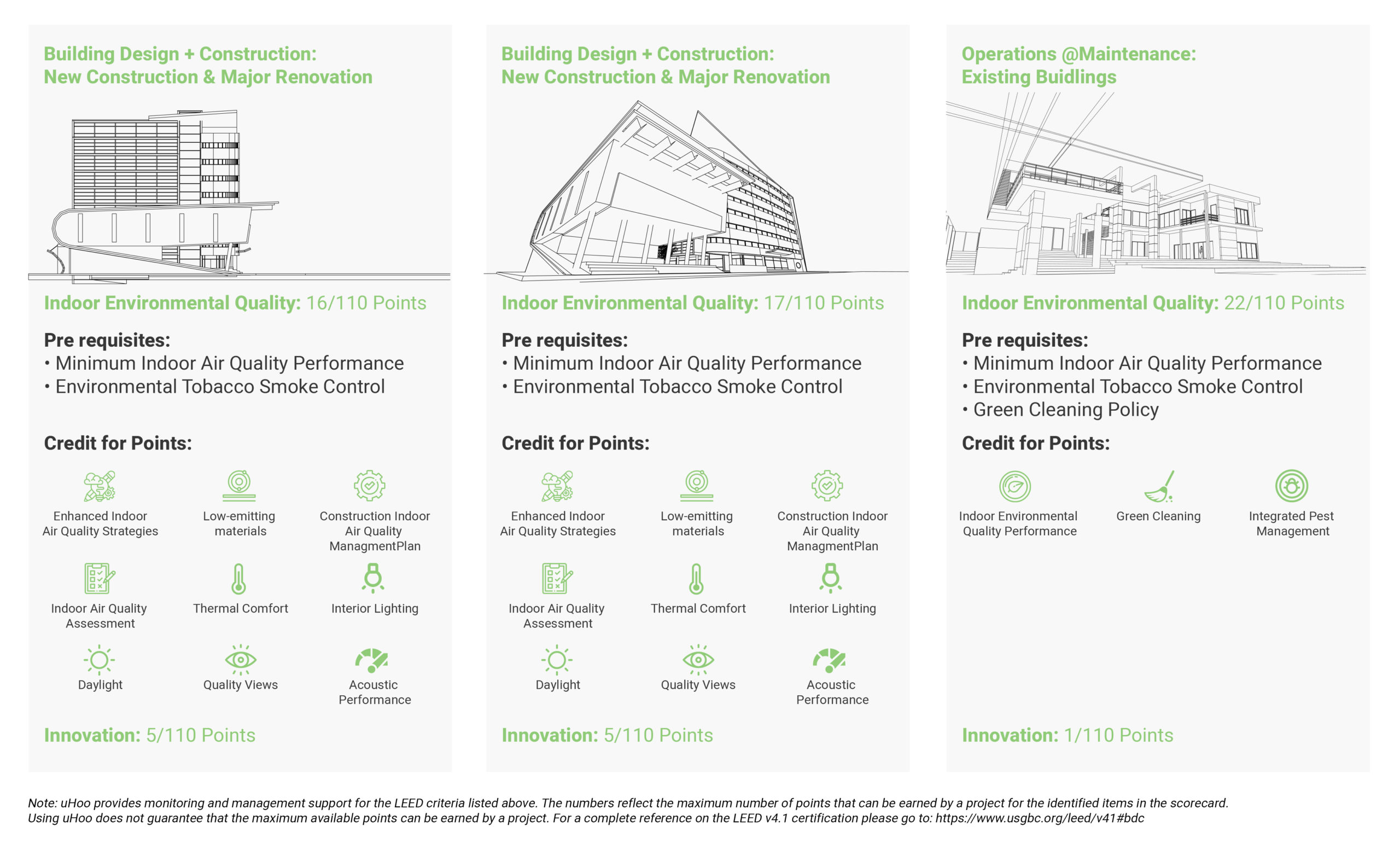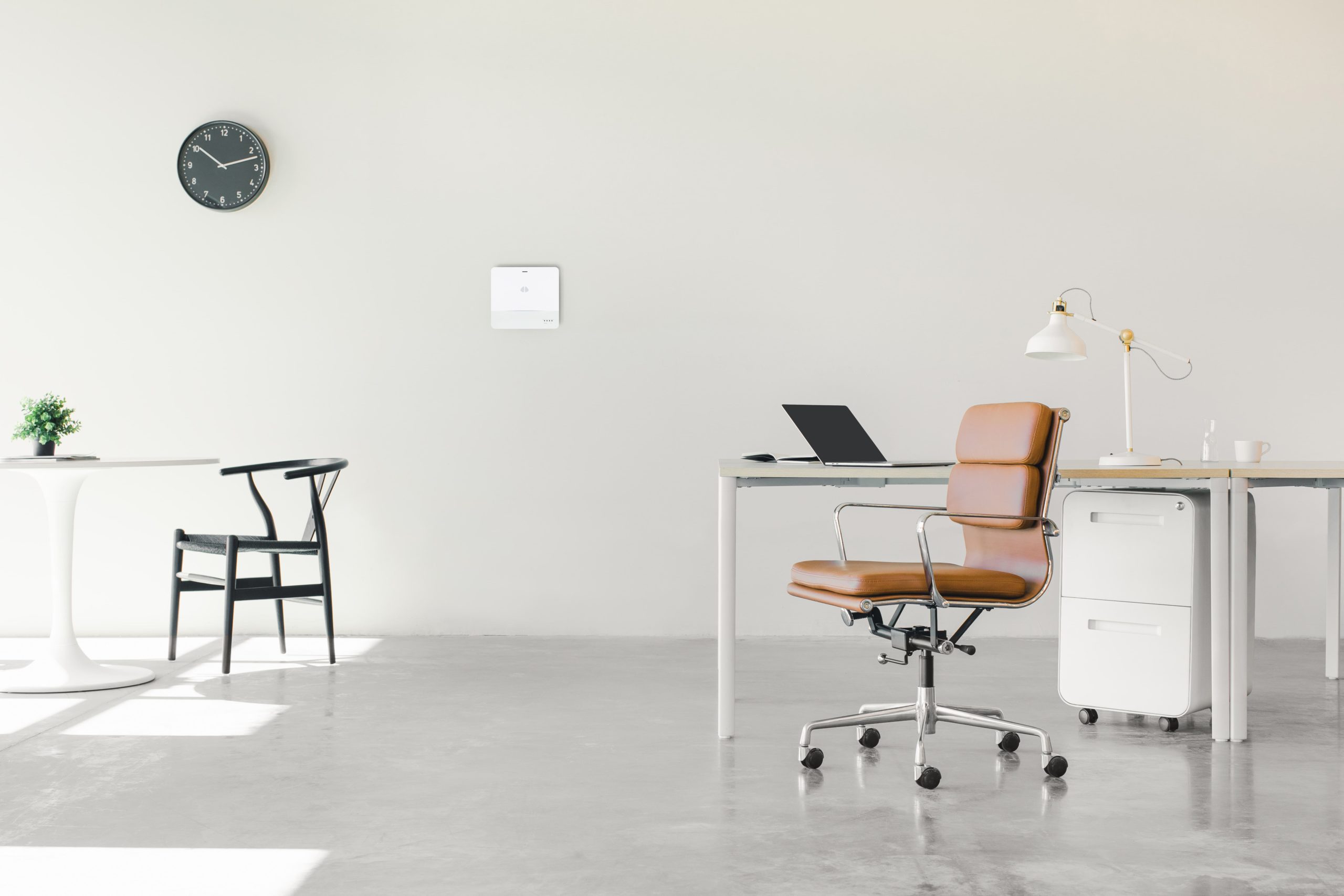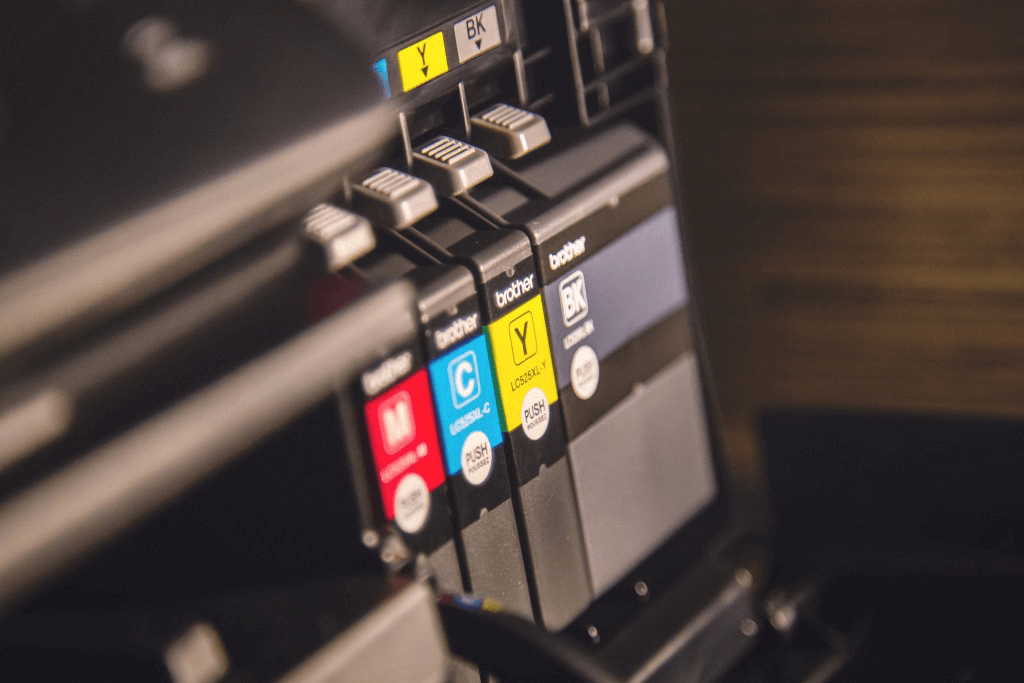
Green buildings offer many benefits, including the ability to create a sustainable workplace. Green buildings help the environment by saving water, energy, and natural resources, and they also benefit business owners by enhancing productivity and reducing absenteeism due to improved health. These significant advantages are the reasons why LEED was developed, which has since driven a worldwide trend towards healthy and well-designed buildings for occupants.
What is LEED?
Leadership in Energy and Environmental Design (LEED) is one of the world’s most extensively utilized and recognized green building rating systems. It provides a comprehensive set of standards that can be used from new construction through sustainable operations and maintenance. Since its introduction in 1993 by the US Green Building Council (USGBC), the number of LEED-certified projects has continuously increased, with almost 140,000 certified buildings in different countries.
It is recognized as an indicator of sustainable expertise and excellence internationally. It guides investors, company owners, and facility managers on how to optimize a building’s efficiency, reduce operating expenses, enhance the building’s value, and ensure the comfort, health, and safety of tenants.
What are the measurable benefits of getting a LEED certification?
LEED certification benefits you as a business owner, your occupants, and the environment. Some of the key advantages include:
- Increase in Property Valuation – Green buildings and amenities command a rent premium, with lease-up rates averaging 20% more than non-green structures.
- Maintain High Performance – Incorporates environmentally sustainable design, development, management, and efficiency into a green building.
- Occupant Satisfaction – Occupants report better productivity and well-being in buildings with improved air quality and other health and wellness features.
How does the LEED Rating System Work?
LEED points are based on performance, and scored on several key categories: energy, water, waste, transportation, indoor air quality, toxin-free environment and occupant satisfaction. There are minimum program requirements that are prescribed which will let you know if you can pursue the certification. Depending on the total amount of points obtained, projects may reach one of four LEED certification levels:
- LEED Certified buildings earn 40–49 points
- LEED Silver buildings earn 50–59 points
- LEED Gold buildings earn 60–79 points
- LEED Platinum buildings earn 80 or more points
The newest version, LEED v4.1, introduces new options and simpler metrics for building projects to reach key results. There are different rating systems that you can use depending on your project:
- Building Design + Construction
- Interior Design + Construction
- Operations + Maintenance
- Residential
- Cities & Communities
- Recertification
Is IAQ an important factor in LEED certification?
With standards ranging from entryways to office furniture, LEED v4.1 provides helpful indicators of optimal indoor air quality. LEED focuses on best practices for establishing good IAQ during design and construction of new buildings, as well as enhancing interior air quality in existing buildings. Some of the key requirements for indoor air quality highlight the following:
- Air Quality monitoring: CO2 and TVOC
- Ventilation: Maintaining temperature and humidity setpoints
- Use of Low-emitting Products and Materials
As companies work on reintegration plans and improvements to better support occupant health after the COVID-19 outbreak, the LEED Safety First pilot credits for existing buildings were added to the latest version. The pilot credit seeks to enforce the existing standards on IAQ and provide guidance to building managers on IAQ improvements that can mitigate the risk of virus transmission. This includes monitoring and measuring air quality parameters such as relative humidity, carbon dioxide and particulate matter concentrations.
With data provided by the uHoo Virus Index, buildings pursuing LEED certification can satisfy the requirements for the pilot credits and be able to earn additional points.
What are the IEQ criteria and how does uHoo Aura support this?
Indoor Environmental Quality, or IEQ, is the quality of a building’s environment that affects the health and well-being of occupants. This includes lighting, air quality, thermal comfort, acoustics, and materials. LEED emphasizes the importance of focusing on these aspects by identifying IEQ as one of the core certification categories.
uHoo Aura can assist building owners in achieving the prerequisites and earning points for IEQ. Buildings can earn IEQ points by monitoring and keeping optimal environmental quality conditions to enhance occupant and tenant health.
Protecting the health and well-being of occupants is one of the key goals of LEED.In LEED v4.1, about two-thirds of the points relate to this objective (66 points out of 110 required points including Location and Transportation – 16 points, Water Efficiency – 11 points, Materials and Resources – 13 points, and IEQ – 16 points). The IEQ credit category helps project teams assess how well a building is performing for occupants.
Here are some LEED strategies related to indoor environmental quality that uHoo can support through continuous and accurate air quality monitoring:

Under LEED v4.1, there are three key areas where uHoo can be your valuable partner in earning the prescribed points:
- Enhanced Indoor Air Quality Strategies
- Indoor Air Quality Assessment
- Indoor Environmental Quality Performance (includes thermal comfort, lighting and acoustic performance)
For the three key categories, LEED awards points for indoor environmental quality strategies such as increased ventilation, monitoring of parameters such as temperature, relative humidity, light, and sound; and source control and monitoring for gases and pollutants such as carbon dioxide (CO2) and volatile organic compounds (VOCs).
With uHoo Aura keeping track of your LEED certification requirements for IEQ, you not only will get support in your bid to secure the certification, but also foster a healthy environment for your employees and tenants. Additionally, the Aura can be integrated with any building management system to automate the heating, ventilation, and air-conditioning (HVAC) system, allowing for improved comfort and safety as well as energy savings.
Ensure your facility is LEED certification-ready! Discover uHoo Aura and explore ways to enhance the indoor air quality in your offices and critical areas. Contact us now and let us assist you through the process of making your building and facility environment and occupant friendly.
References:
- https://www.usgbc.org/credits?Version=%22v4%22&Rating+System=%22New+Construction%22
- https://www.usgbc.org/credits/new-construction/v4-draft/eqp2?return=/credits/New%20Construction/v4
- https://www.usgbc.org/credits/existing-buildings-interiors-existing-buildings-retail-existing-buildings-schools-0?return=/credits/Existing%20Buildings/v4.1
- https://www.bimservicesindia.com/blog/importance-of-leed-certification-as-an-impact-on-green-buildings/
- https://www.usgbc.org/articles/leed-and-indoor-air-quality-existing-buildings
- https://www.usgbc.org/articles/supporting-occupant-health-means-prioritizing-indoor-air-quality?utm_source=usgbc-website&utm_medium=article&utm_campaign=leed-resources
- https://eandt.theiet.org/content/articles/2021/05/global-green-building-survey-reveals-surprise-world-leaders/







